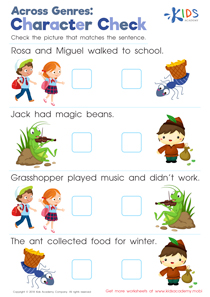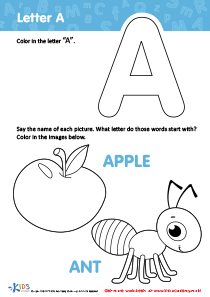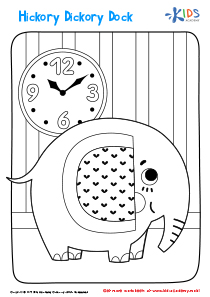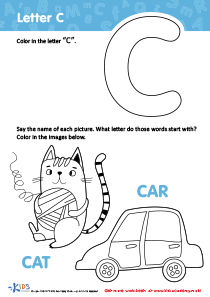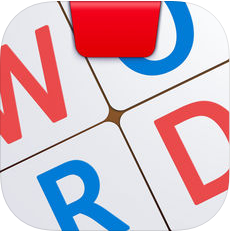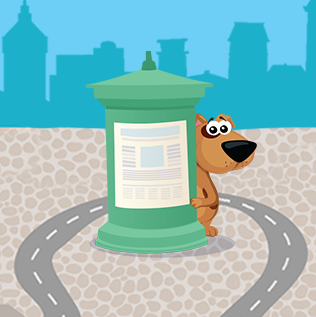English Language Arts Lessons | Word Relationships and Nuances for 6-Year-Olds
8 results
Dive into the enchanting world of words with our "Word Relationships and Nuances for 6-Year-Olds"! Designed to spark the curiosity of young minds, this engaging course offers a rich mix of interactive worksheets, captivating educational videos, and fun assessment quizzes tailored specifically for children. Our lessons explore the fascinating connections between words and their subtle differences, helping kids to not only expand their vocabulary but also enhance their comprehension skills in a playful and stimulating environment. Perfect for budding linguists, this course promises a delightful journey into the realm of language, making learning both enjoyable and impactful. Join us to explore the magic of words!
In the vibrant world of language learning, understanding the intricate weave of word relationships and nuances is a critical stepping stone towards mastering the art of communication. For 6-year-olds, who are at a tender stage of absorbing knowledge, this aspect of language learning is not just fascinating but also foundational. Recognizing the importance of this, our lessons on Word Relationships and Nuances for 6-Year-Olds are meticulously crafted to cater to the curious minds of young learners, making their journey into the realm of words both delightful and enriching.
At the heart of our educational approach lies the belief that learning should be a joyful exploration. Hence, our lessons are not mere lectures but interactive journeys filled with engaging worksheets, captivating educational videos, and stimulating assessment quizzes. These elements are woven together to ensure that children not only learn but also apply their understanding in varied contexts, thereby deepening their grasp of word relationships and nuances.
The interactive worksheets are designed with colorful illustrations and scenarios that resonate with the world of a 6-year-old. Whether it's understanding synonyms and antonyms, grasping the subtle differences between similar-sounding words, or exploring homophones and homographs, these worksheets make learning a hands-on experience. They challenge young minds to think, analyze, and draw connections, thereby enhancing their cognitive abilities and linguistic skills.
Complementing the worksheets, our educational videos serve as a window to the magical world of words. Narrated in a storytelling format and featuring characters and narratives that children can relate to, these videos make the abstract concepts of word relationships and nuances tangible and memorable. The visual and auditory elements of the videos are thoughtfully designed to cater to diverse learning styles, ensuring that every child finds a connection.
The assessment quizzes, on the other hand, are more than just tests; they are milestones that celebrate the progress of each learner. Crafted to be encouraging rather than intimidating, these quizzes provide immediate feedback, helping children understand their strengths and areas for improvement. This not only boosts their confidence but also fosters a positive attitude towards challenges and learning.
Beyond the immediate benefits of an enriched vocabulary and improved language skills, our lessons on Word Relationships and Nuances for 6-Year-Olds lay the groundwork for advanced linguistic and cognitive development. Understanding the nuances of language at an early age sharpens critical thinking and problem-solving skills, enhances creativity, and improves reading comprehension. These are skills that transcend the confines of language learning, offering children a competitive edge in all areas of study.
In essence, our lessons are not just about learning words but about unlocking the doors to effective communication and broader intellectual horizons. They equip children with the tools to express themselves clearly, understand others better, and navigate the world of learning with confidence and curiosity. As we guide our young learners through the fascinating world of word relationships and nuances, we are not just teaching them language; we are empowering them to become thoughtful communicators, keen observers, and lifelong learners.
